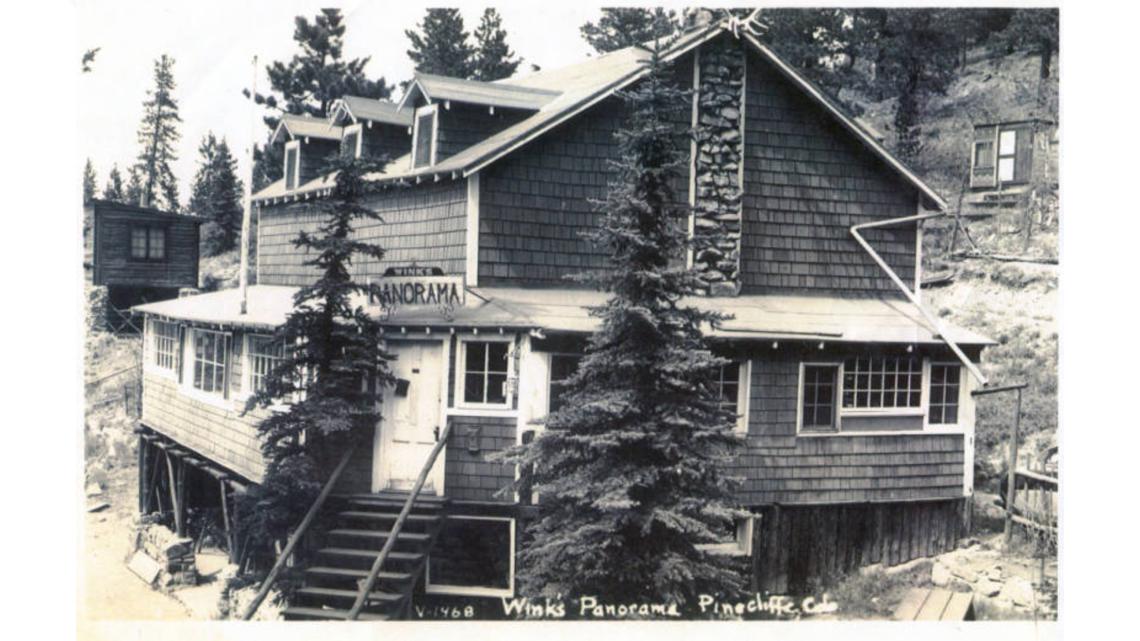History of Green Book travel and Lincoln Hills in Colorado

Colorado State Historian Claire Oberon Garcia shares the history of Green Book sites and how segregation led to the creation of resorts like Lincoln Hills.
DENVER — A Colorado lodge that was a safe space for Black people from Denver and across the country in the 20th century was recently named a National Historic Landmark.
Wink’s Lodge, built in 1928, was a centerpiece of Lincoln Hills, a Gilpin County resort that provided a safe haven for Black people during the times of segregation.
“Lincoln Hills is one of the examples of safe spaces where Black travelers and black Denverites – actually, the homeowners in Lincoln Hills came from across the nation. They drew on a national pool. So it was a place to be safe and welcomed,” said Colorado State Historian Claire Oberon Garcia.


“To understand the importance of places like Lincoln Hills, you have to understand that segregation was violent,” Garcia said. “It really was, you could find yourself on a country road in a nice car in a life or death situation, just because someone thought that you didn’t belong there.”
“Colorado was a Klan state,” Garcia said. “The Ku Klux Klan had infiltrated Colorado communities and political structures to a greater degree than a lot of Southern states. So it was a pretty dangerous place, but as it still is, it was a very beautiful place.”
> 9NEWS video from March 2021: The story of Lincoln Hills
Lincoln Hills was one of the Colorado sites included in the Green Book. Garcia said the book, and the resort, came after “a new insistence from Black communities and Black organizations on getting full citizenship rights” after World War I.
“So there was quite a backlash that was quite violent,” she said. “Despite the rise of increasing literacy rates in the Black community, as well as the rise of the Black middle class, the United States was still very severely segregated. There were spaces where Black people were not welcome, yet the Black population, especially the middle class, who like other Americans developed an enthusiasm for travel once cars became affordable. So they wanted like everyone else to get out and see the wonderful country of the United States. But it actually was not safe. You could suffer anything from what the inventor of the Green Book called ’embarrassment’ from finding yourself somewhere where you were unwelcome, to facing a life-and-death situation.”


Garcia said the Green Book, or the Green Guide, was first published in the 1930s “to tell African Americans on the road where were places where they could get accommodations, where they could eat, Black businesses that they could frequent, even public spaces that they could feel relatively safe in.”
“The Green Guide articulated all of those spaces across the United States, and there were quite a few in Colorado. I was surprised at how many Green Book sites there are,” she said.




SUGGESTED VIDEOS: Telling Black Stories
























































